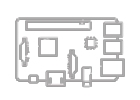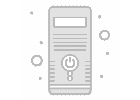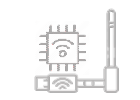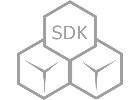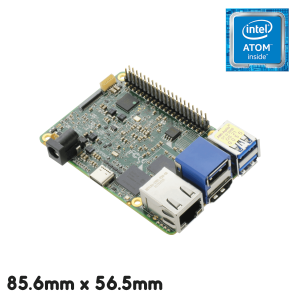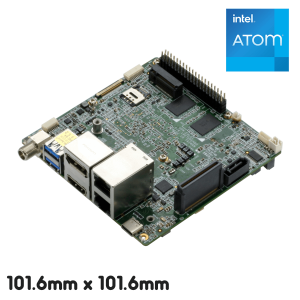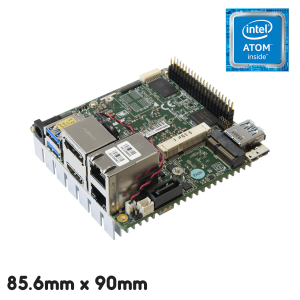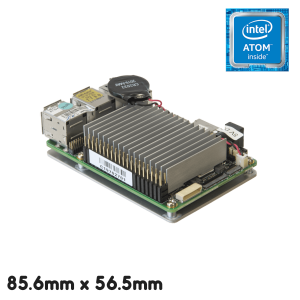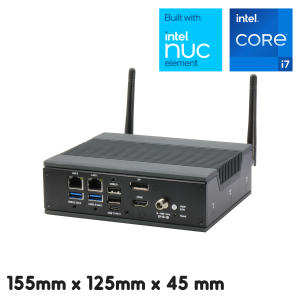Home Page
HOT SELLERS
OUR PARTNERS










OUR SERVICES


Community Support
You never have to feel alone when undertaking new developments again – Our community is on standby to help you at each step of the way.


Ordering/Worldwide Shipping
For enterprise customer who requires support on ordering, please contact shop@up-board.org
Choose your preferred payment method and get your favorite items delivered to you, we offer worldwide shipping in 7 days.


Eco-system
The UP team has built a large eco-system with hardware and software partners populating different layers of the AI & IoT landscape and covering different vertical markets.


About us
UP is a brand founded by AAEON Technology Europe in 2015. The UP team aims to bring innovation in technology, business models, and integrated solutions. The UP team collaborates with market leaders in different vertical markets to develop integrated solutions and build a large online community to work closely with developers. Read More !

